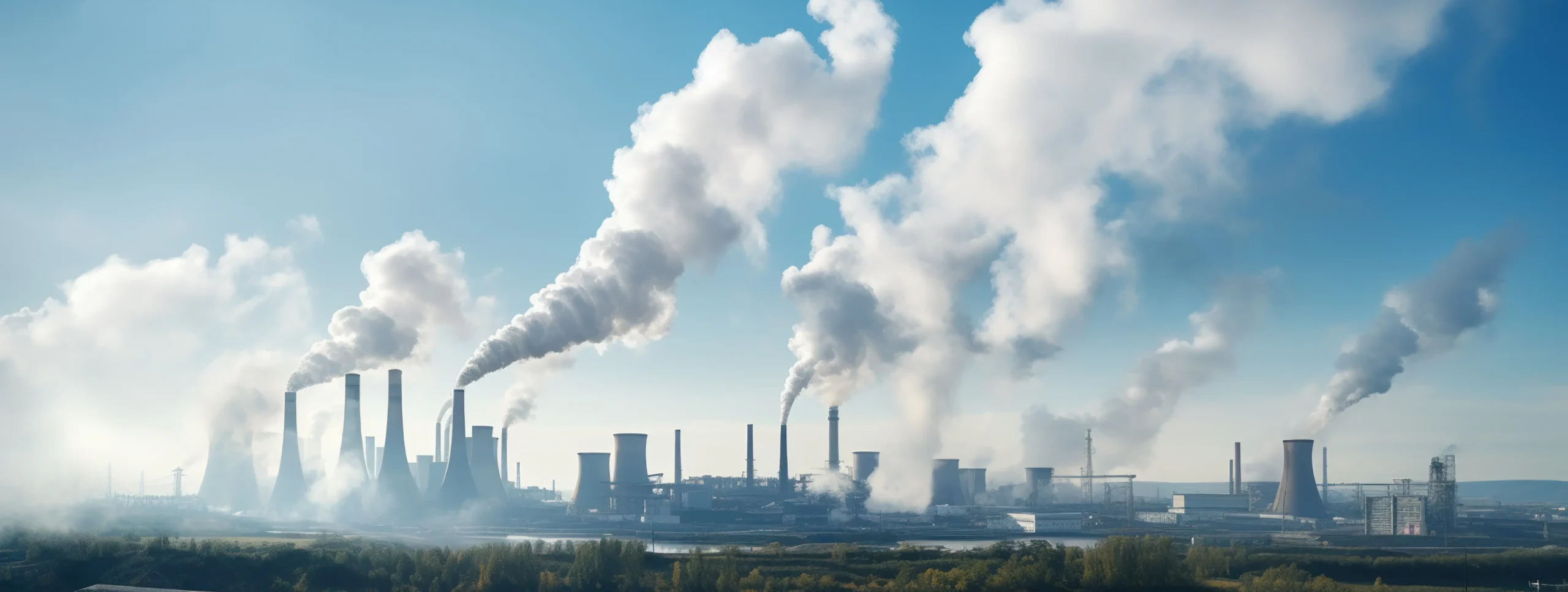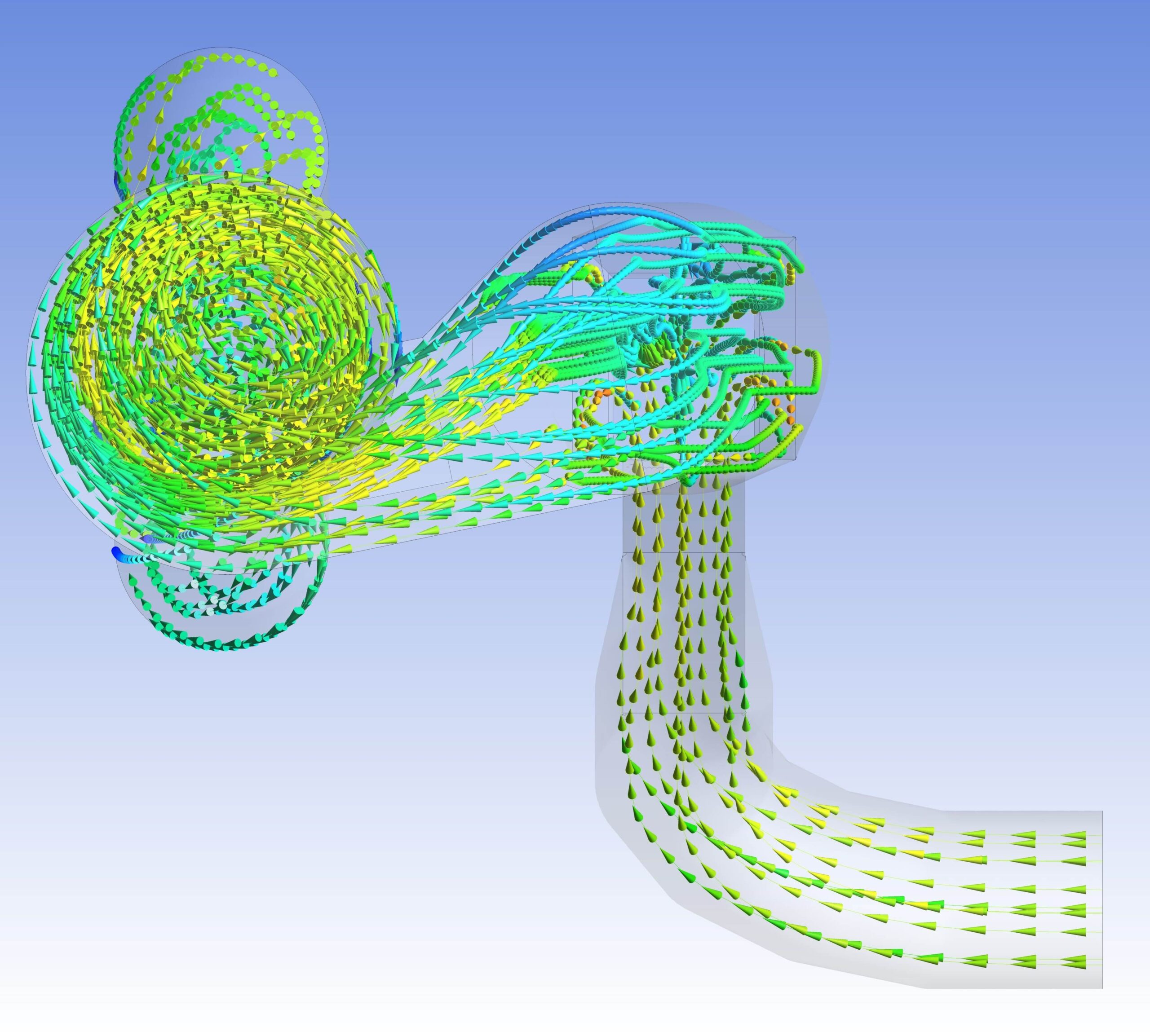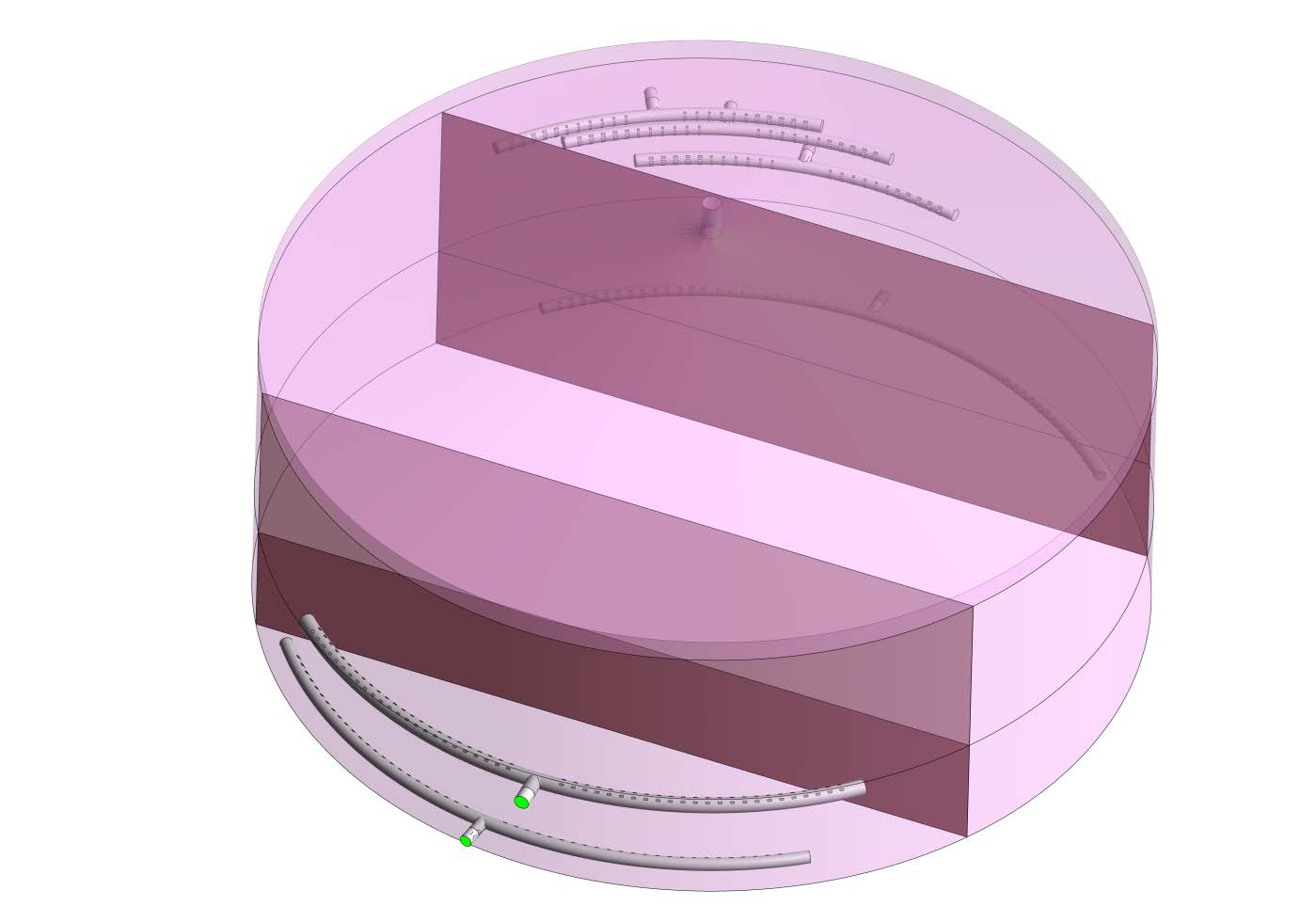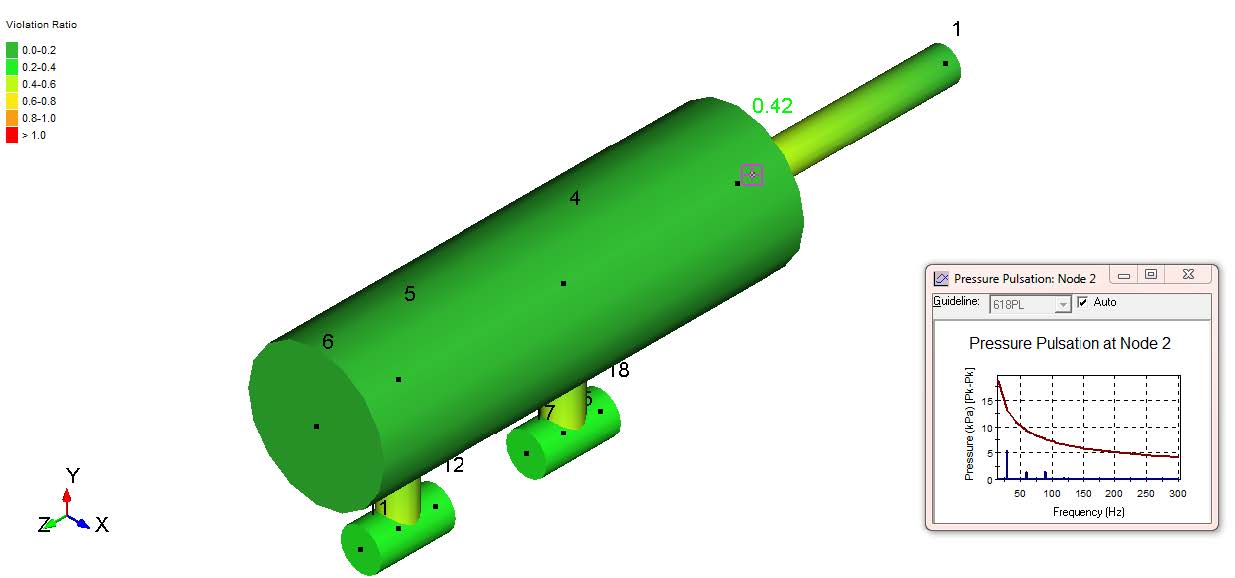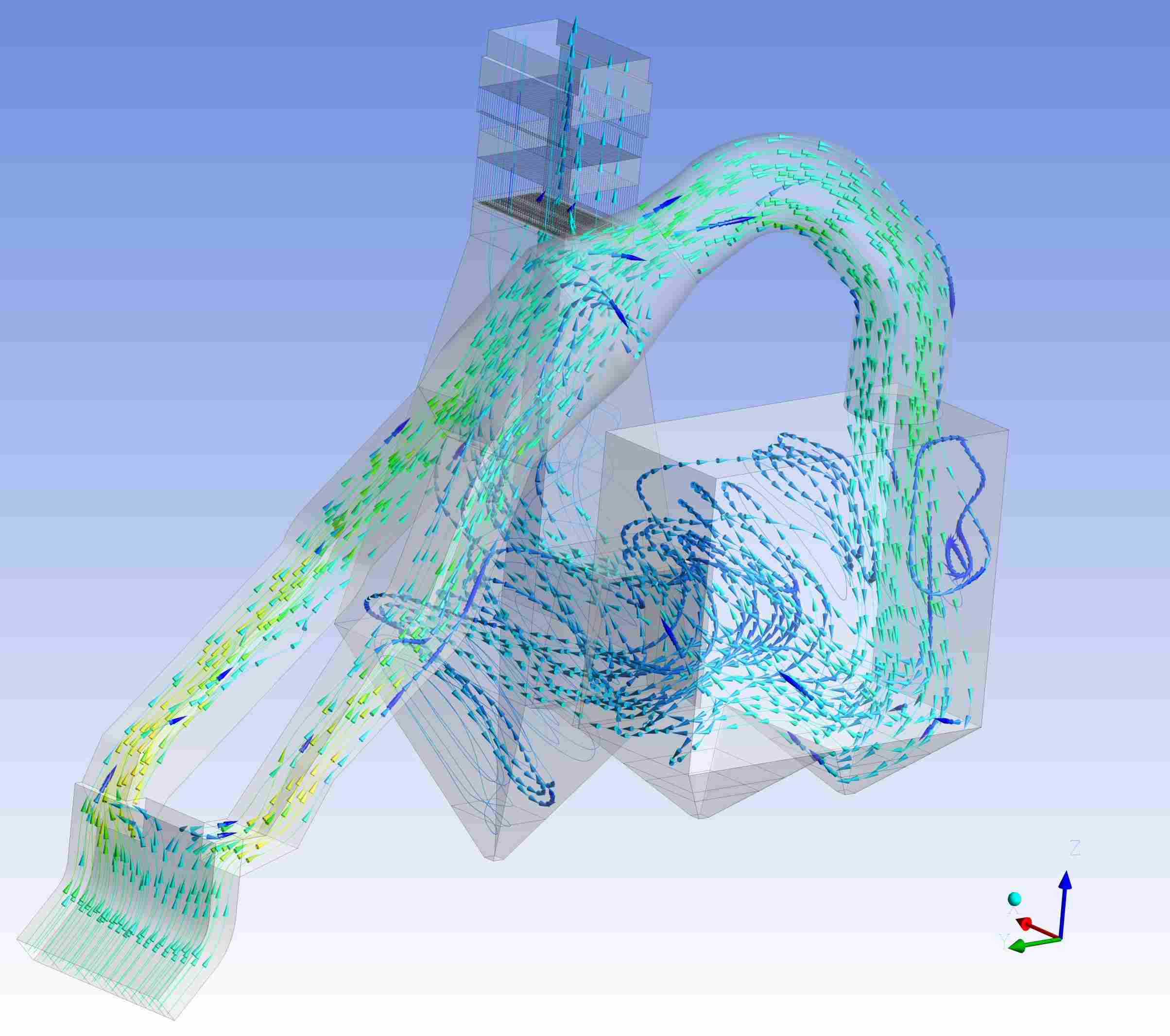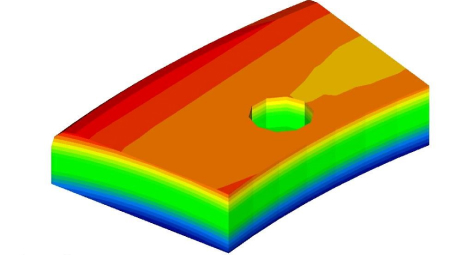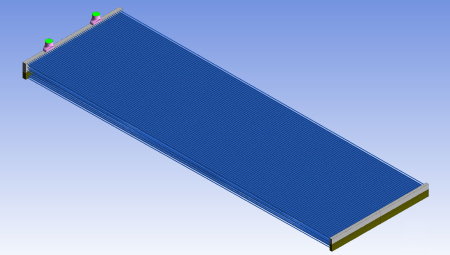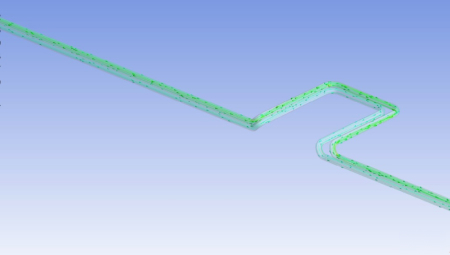At Mechartes, we offer specialized Ventilation and Dispersion Analysis for the oil and gas industry, focusing on assessing the impact of accidental releases of hazardous gases and substances. Our detailed analysis covers scenarios such as the accidental release of gas from storage tanks over defined periods, using advanced dispersion modeling techniques to evaluate the spread and impact of these releases. We take into account various factors, including surface conditions, meteorological variables, and seasonal changes, to accurately model and predict dispersion behavior.
Our approach integrates both standard dispersion models and direct measurements, ensuring high levels of data transparency and accuracy. We meticulously analyze how factors such as ground roughness and wind velocity affect the size and extent of threat zones.
Typically, increased ground roughness and higher wind speeds result in a reduction of the threat zone size, while elevated temperatures can expand the zones due to their influence on atmospheric stability. This comprehensive analysis allows us to identify areas at risk and categorize them into zones of concern based on chlorine or other gas concentrations, facilitating targeted risk management strategies.
Mechartes can also carry out studies analyzing the dispersion patterns, concentration levels, and potential ignition sources to develop safety measures and emergency response plans according to API 520, API 521 standards.
Additionally, we conduct Computational Fluid Dynamics (CFD) studies on critical infrastructure such as cooling towers, chillers, and condensers. These studies analyze recirculation patterns and plume travel to understand how these systems influence dispersion and to provide targeted recommendations for mitigating impacts. By optimizing these systems, we enhance overall safety and operational efficiency.
Through our rigorous Ventilation and Dispersion Analysis, Mechartes ensures that potential hazards are accurately evaluated and managed, enabling the development of effective safety protocols and operational procedures tailored to the unique challenges of the oil and gas sector according to API 520, API 521 standards.

